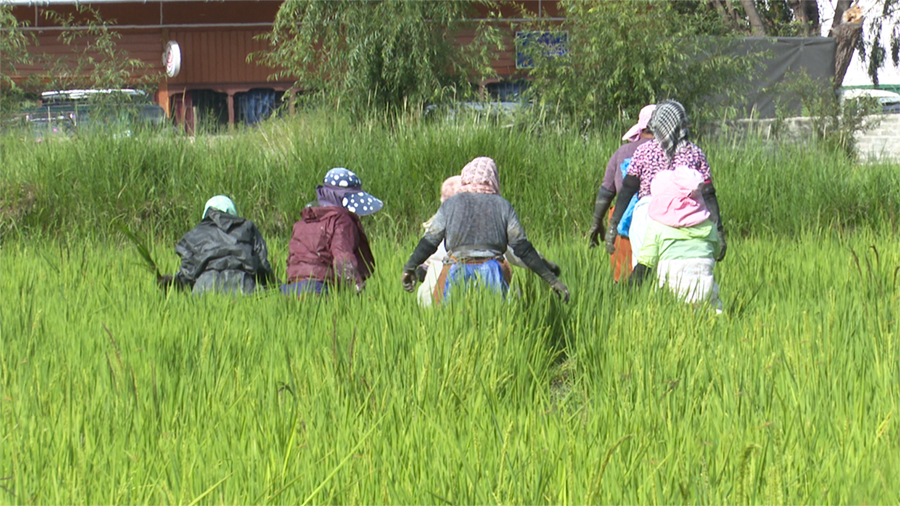
The agriculture sector’s contribution to the country’s GDP has been decreasing over the years. In the 1980s, it used to be the highest contributor, constituting 55 per cent of the GDP. However, by 2021 its share has decreased to just 12 per cent. This is according to the World Bank’s “Bhutan Development Update Report 2024”. The report shows despite the drop in contribution to GDP, the majority of the people still work in the agriculture sector, highlighting the need for a shift from low-productivity, labour-intensive activities towards activities that are more productive and require more skills.
Figures in the report, spanning over two decades from 2000 to 2021, show that the share of agriculture in GDP has decreased by 13 per cent.
According to the Labour Market Information Bulletin 2023, around 40 per cent of the labour force still works in agriculture, reflecting a mismatch between how much money agriculture makes and how many people are still working on farms.
If the three main sectors such as agriculture, industry and services are broken down into smaller sectors, the public sector emerges as the second-largest employer. It provides jobs in important areas such as public administration, education and health services, making up 25 per cent of the total employment.
However, according to the Establishment Survey (ES) and National Accounts Statistics (NAS) 2022, the public sector is the fourth least productive sector.
Meanwhile, according to the World Bank report, certain sectors have the potential to grow and become more productive. Industries such as electricity, transport, communication, finance, and mining have witnessed growth in their share of total employment.
However, these sectors still don’t employ a lot of people. Their overall presence in the job market is less than 10 per cent of the workforce.
This, the World Bank says, hinders structural transformation which is integral to the country’s economic development.
The World Bank’s “Bhutan Labor Market Assessment Report 2024” emphasises the critical role of agricultural productivity in driving structural transformation.
The report suggests that the adoption of comprehensive policy measures and labour-saving technologies in agriculture requiring less manpower will help release excess labour for non-agricultural enterprises, meaning more people can work in other areas. This, the report says, will help foster growth in the services and industry sectors.
Karma Samten Wangda
Edited by Sonam Pem







